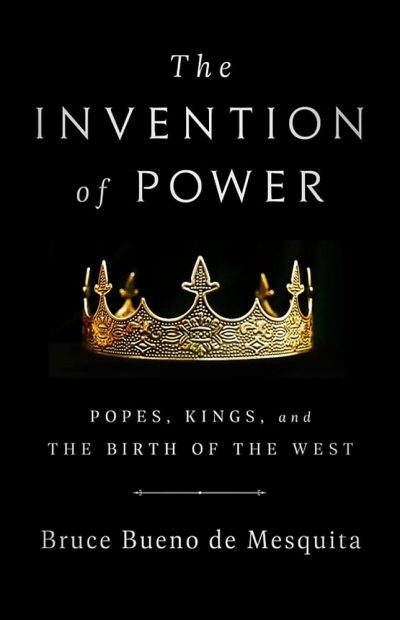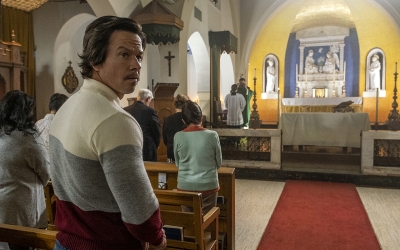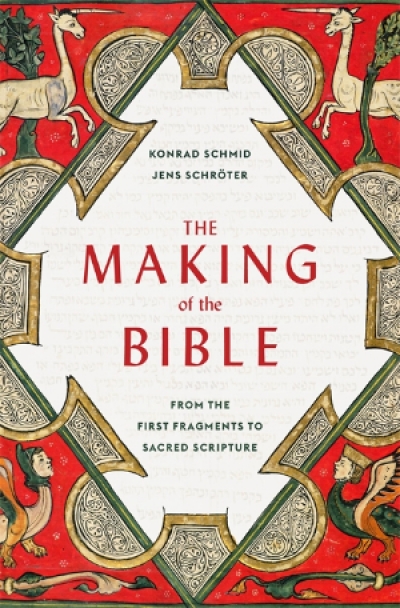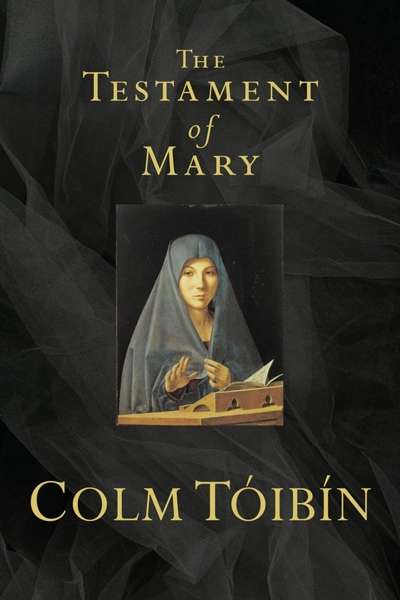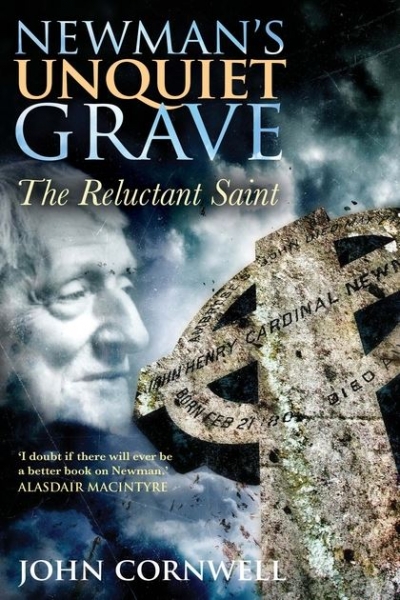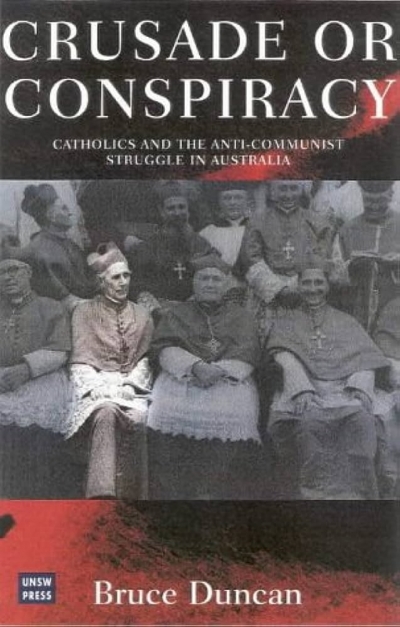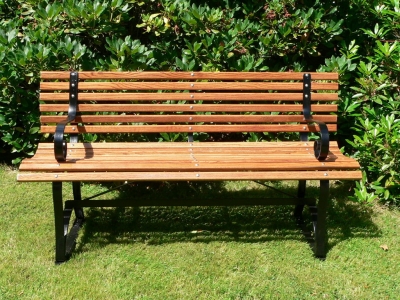Catholicism
The Invention of Power: Popes, kings, and the birth of the West by Bruce Bueno de Mesquita
What makes a man choose to be a Catholic priest? The cynical and snide these days might bring up an unhealthy interest in other people’s children. And yet, historically, the calling to the cloth has often been a noble one, as likely an impulse driven by spiritual yearning and zeal for social justice as mere careerism or a flight from normative sexuality. The Catholic Church, which faces a crisis of vocations across the Western world, would do well to look again at this story ...
... (read more)Not long into Will Arbery’s Heroes of the Fourth Turning a character brings out an acoustic guitar and is asked to play a song. He chooses Townes Van Zandt’s ‘Nothin’’, a melancholy ballad pulled from the annals of American folk music. When it was released in 1971, many assumed it represented Van Zandt’s struggle with drug addiction. In fact, as he explained two years before his death, the song was inspired by Nikos Kazantzakis’s The Last Temptation of Christ, a novel banned by the Catholic Church in 1955 for representing a Christ figure prone to human fallibilities.
... (read more)The Making of the Bible: From the first fragments to sacred scripture by Konrad Schmid and Jens Schröter, translated by Peter Lewis
Like it or lump it, Catholicism is enormously influential in Australia. This is true even just in terms of raw statistics. The Catholic Church is the largest religious body in the country, with 22.6% of the population self-reporting as Catholic in the 2016 Census. It is also Australia’s largest non-government employer ...
... (read more)Crusade or Conspiracy?: Catholics and the anti-communist struggle in Australia by Bruce Duncan
You know you are getting old when one of your students, genuine in her puzzlement, says to you, ‘Who was Bob Santamaria?’ Santamaria? The most famous lay Catholic since Ned Kelly! The man whose machine split Australian Catholicism for a generation; whose politics kept Labor from office for two decades; whose disciples and friends still move through the corridors of power in church and state! To meet someone to whom Santamaria is an unfamiliar name is to know that you too will soon be history.
... (read more)
